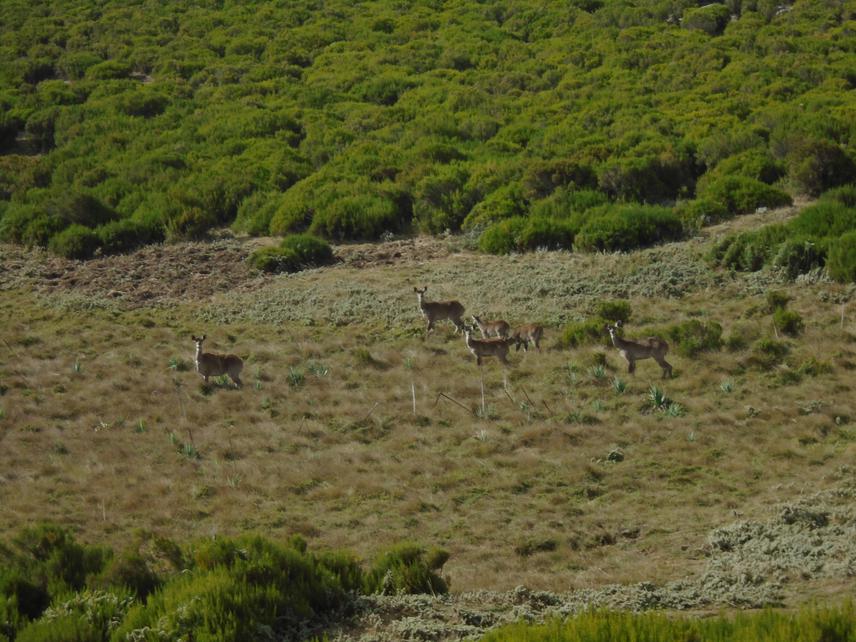Ejigu Alemayehu Worku
Other projects
23 Apr 2015
Distribution Pattern, Population Estimate and Habitat Suitability Map of the Endangered Mountain Nyala (Tragelaphus buxtoni) in Arsi Mountains, Ethiopia
28 Jul 2022
Land Use Land Cover Changes and Ecosystem Services in the Southeast Highlands of Ethiopia
The proposed project is designed to provide detailed information on the foraging ecology and habitat preference of the species, and create awareness among the local communities for the conservation of vulnerable Afro-alpine and montane habitats.

Mountain nyala (Tragelaphus buxtoni) is an endangered antelope endemic to the Ethiopian Highlands, east of the Rift Valley. Currently, the species is known to inhabit three mountain ranges: Bale, Arsi and Ahmar (Evangelista et al., 2007). The species is highly threatened by agricultural expansion, livestock grazing and uncontrolled annual fire across its current range. According to a recent report (Atickem, unpublished), the uncontrolled annual fire destroyed 46% of the Erica in Galama Mountains which is the main habitat of the species. There is speculation that the fire is deliberately sparked by the local community to stimulate the sprouting of the fresh grass for their livestock.
Little is known about the behavioural ecology and the impact of fire on mountain nyala in Arsi Mountains. Specifically, data on feeding ecology and habitat preference are lacking. The species has been described as a browser (Gagnon and Chew, 2000). A recent study in the northern part of the Bale Mountains National Park showed that the species is mixed feeder in which females are inclined to grazers (Atickem and Loe, 2013). The main objective of this project is to examine the feeding ecology and habitat preference of the species at two study sites: Munessa-Shashemene State Forest and Galama Mountains. In addition, I will also create awareness in the local community to minimize the effects of uncontrolled annual fire.
This project will produce a baseline data on the feeding ecology and habitat preference which are important to design effective conservation management strategies for this endangered species. The project will also provide data on the causes and local community’s perception of the uncontrolled annual fire.